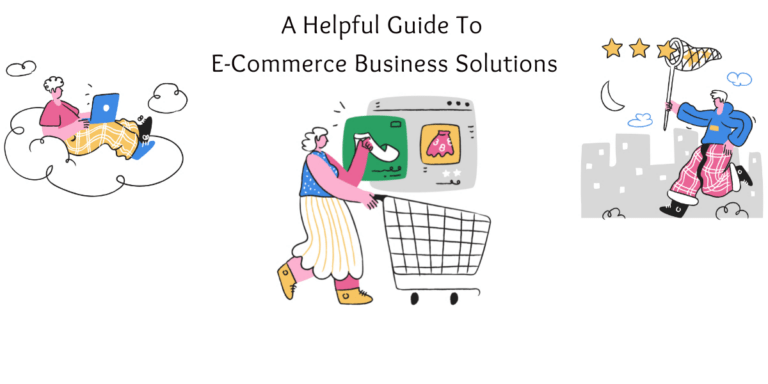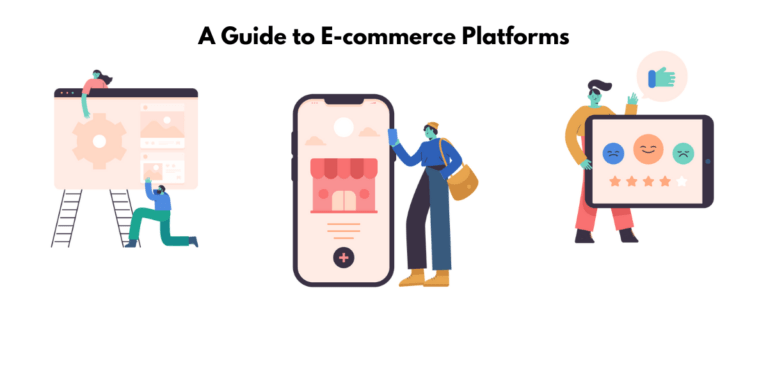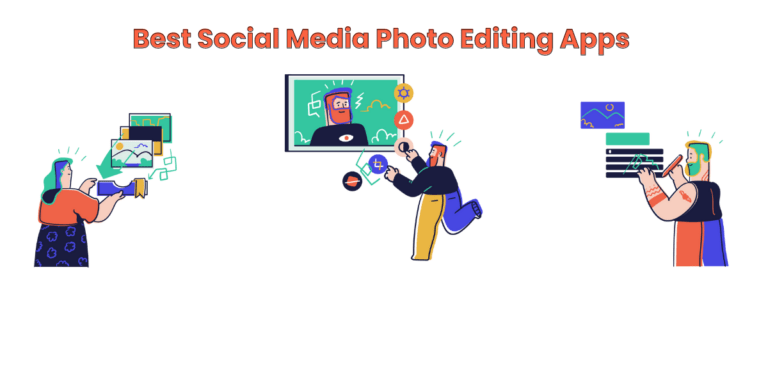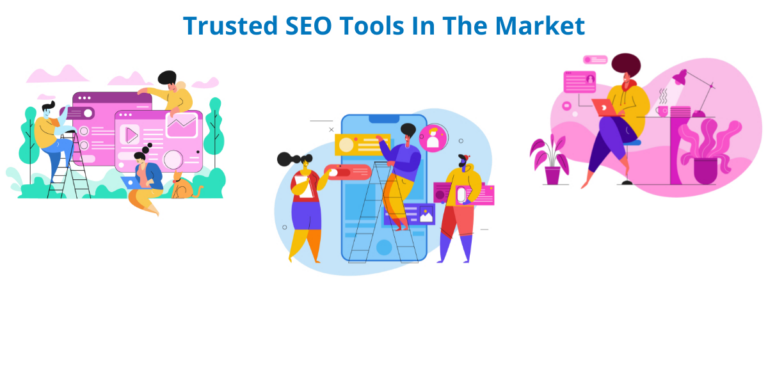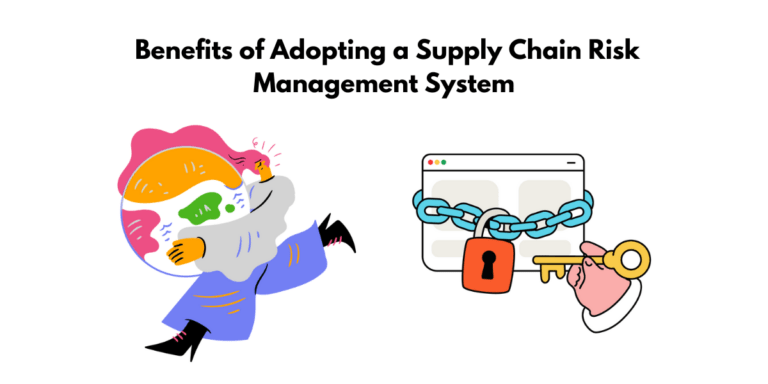2025 SaaS Industry Breakdown: What’s Shaping the Service Landscape?
A Quick Overview of SaaS Evolution: What to Expect in 2025
The evolution of Software-as-a-Service (SaaS) has been one of steady progress and transformative innovation. Initially captivating the business world with its departure from traditional on-premises software models, SaaS has continuously offered businesses the flexibility, scalability, and cost-effectiveness they require to thrive in an ever-changing market. As we move towards 2025, the SaaS industry is poised to embrace greater heights, powered by the increasing adoption of cloud-based solutions across various sectors. The embracement of flexible payment options, automatic updates, and the facilitation of remote accessibility has laid the framework for a dynamic model that not only simplifies operations but also elevates them through enhanced collaboration and robust security measures.
Predictions for what SaaS will offer in 2025 underscore a thriving market focus on personalized customer experiences shaped by AI and machine learning, as well as advancements in automation. This transformation propels businesses to operate with greater efficiency and intelligence, leveraging data-driven insights and cutting-edge technology to stay competitive. The market’s robust growth forecasts suggest that those enterprises swift enough to adopt and implement these evolving services will likely experience significant advantages, fostering a customer-centric culture and ensuring they remain at the industry’s vanguard. Given the trajectory, SaaS in 2025 will likely be a landscape of hyper-personalization.

Key Characteristics of SaaS in 2025
AI and Machine Learning Take Center Stage
The integration of Artificial Intelligence (AI) and Machine Learning (ML) technologies is reshaping the SaaS industry, making smart, self-improving applications the gold standard. By 2025, these technologies are taking center stage, enabling SaaS solutions to deliver unprecedented levels of intelligence and automation. Businesses can harness the power of AI to amass and analyze vast amounts of data, unlocking insights that drive decision-making and strategic initiatives. Machine Learning algorithms continuously learn from new data, optimizing SaaS platforms to be more intuitive and efficient.
The synergy between SaaS and AI/ML is not only elevating operational proficiency but also amplifying personalized user experiences. Products are now equipped to recognize patterns, predict user behavior, and suggest actions, making each interaction more relevant and productive. As services become increasingly data-driven, the ability of SaaS offerings to seamlessly incorporate AI and ML technologies is no longer just desirable—it’s essential.
Security and Privacy Concerns Addressed Head-On
Recognizing the pivotal role of trust in user adoption, SaaS providers in 2025 are tackling security and privacy concerns with uncompromising diligence. They acknowledge that a great product is futile without robust protections for crucial data, which can make or break an organization’s future. In response, security is no longer an afterthought; it’s interwoven into the very fabric of SaaS development.
This heightened focus sees encryption, identity and access management (IAM), and compliance with rigorous data protection laws at the heart of SaaS strategies. Providers are upfront about their security measures and often dedicate significant resources to ensure stringent standards are met or exceeded. Incident response protocols and real-time security monitoring form the bedrock of these efforts, giving users confidence that their information is safe and regulatory requirements are being satisfied.
Market Dynamics Shaping SaaS
SaaS Industry Growth Trajectories and Predictions
The SaaS industry is soaring, with growth projections that suggest a vibrant and lucrative future. By 2025, the sector is expected to expand substantially, propelled by persistent innovation and broader adoption across industries. The global SaaS market, previously valued at several hundred billion dollars, is on course to shatter previous records, as organizations continue to capitalize on the multitude of benefits provided by cloud-based solutions.
Predictions for the industry point toward even greater personalization, machine learning capabilities, and the widespread adoption of vertical SaaS solutions, which cater to niche market demands. The trend towards remote and flexible work structures further fuels this growth, as businesses require scalable, accessible, and secure platforms to support their distributed teams.
Anticipate continued investment in SaaS, a sign of robust confidence in its potential. Venture capital and strategic acquisitions are likely to inject further dynamism into the market, paving the way for emerging players and encouraging existing companies to innovate relentlessly. Expect the focus to shift towards more sustainable and energy-efficient services as the industry matures, in line with global environmental goals and policies.

Vertical vs. Horizontal SaaS: Niche Markets Ripe for Domination
The battle lines between Vertical and Horizontal SaaS providers are becoming increasingly pronounced as both vie for market supremacy. While Horizontal SaaS platforms cater to a wide range of industries by offering general tools that solve broad business problems, Vertical SaaS digs deep into the specific needs of particular industries, delivering specialized solutions tailored for niche markets.
Vertical SaaS companies are winning hearts and market share by homing in on the unique challenges of individual sectors—whether it’s healthcare, finance, or retail—providing highly relevant and customized features. They embrace the ‘riches in niches’ adage, often resulting in better market fit, reduced customer acquisition costs, and enhanced customer loyalty.
Meanwhile, Horizontal SaaS companies bank on their universal appeal and the vast expanse of their Total Addressable Market (TAM). They benefit from economies of scale and a broad customer base, but this comes at the cost of facing fierce competition and the need for significant marketing budgets to stand out.
Each model has its merits and challenges, but in 2025, expect to see Vertical SaaS companies gain more spotlight as they continue to carve out significant market segments, providing them with lucrative, defensible positions in the SaaS ecosystem.
From Adaptation to Innovation: SaaS Trends
Cloud Computing Maturity: Now a Staple in SaaS Offerings
By the time you reach 2025, cloud computing maturity is not just an aspirational goal; it’s a fundamental aspect of all SaaS offerings. The technology has grown from being a disruptive trend to an embedded feature that customers expect as standard. This maturity signifies a stable, reliable foundation for delivering services, characterized by robust infrastructures, seamless scalability, and extensive integration capabilities.
Providers are capitalizing on the mature cloud computing landscape to enhance their solutions with better performance, lower costs, and global accessibility. They’re leaning into the cloud’s robustness to offer services that consistently meet and exceed customer expectations for uptime and speed. Moreover, the ubiquity of cloud services means that companies are more comfortable than ever operating their entire business stack in this environment.
Expect to see more SaaS offerings that are not only cloud-native but also optimized for cross-cloud functionality. With the understanding that no single provider can meet every need, multi-cloud strategies are becoming the norm, allowing businesses to leverage the best that different cloud environments have to offer.

Democratization through No-Code/Low-Code Platforms
The democratization of technology through no-code and low-code platforms is a trend that is growing in importance and impact within the SaaS sphere by 2025. These platforms have leveled the playing field, enabling individuals with little to no technical background to create and customize their applications.
No-code/low-code platforms stand out for their visual development interfaces, which rely on drag-and-drop components and model-driven logic to build applications. They epitomize efficiency, reducing development time from months to mere days or even hours. Moreover, these platforms often come with a suite of prebuilt templates and integrations, further simplifying the development process.
In 2025, expect to see a surge in businesses leveraging these platforms not just for their internal operations, but for quickly bringing customer-facing solutions to market. They’re particularly handy for prototyping or for businesses looking to iterate rapidly based on customer feedback.
Overcoming the Hurdles in SaaS
Customer Control and Flexibility Issues
As the SaaS industry matures, customer control and flexibility have emerged as critical issues that providers must address. Subscribers increasingly demand solutions that offer them the autonomy to tailor services to their specific needs without being constrained by the limitations of the SaaS platform.
In response, providers are weaving more flexibility into their offerings. This includes configurable APIs, modular service designs, and greater data portability, enabling customers to integrate third-party tools and maintain control over their data. With these enhanced capabilities, users can shape their SaaS ecosystems to be as unique as their business demands, sidestepping the one-size-fits-all approach.
Despite these advances, certain challenges persist. Customers often grapple with navigating complex pricing structures that may limit their use of a service based on certain metrics, like the number of users or the volume of data. To address these concerns, SaaS companies in 2025 are innovating in customer-centric pricing and plan structures that correlate more directly with the value users derive from the service.

Legal Challenges and Vendor Lock-in Dilemmas
Legal challenges and vendor lock-in represent significant hurdles for the SaaS industry, and by 2025, they have become more pronounced than ever. As businesses become heavily reliant on SaaS platforms, the difficulty of switching providers without disrupting operations creates a powerful inertia, effectively ‘locking in’ customers.
The issue of vendor lock-in is compounded by the usage of proprietary technologies and data formats that hinder the transfer of information between platforms. To combat this, there is a growing appeal for open standards and interoperability among SaaS offerings, giving users the freedom and flexibility to change providers with minimal friction.
On the legal front, the landscape is increasingly complex. SaaS companies must navigate a web of international laws and regulations, particularly around data protection, privacy, and AI governance. Staying compliant while serving customers across the globe requires a vigilant and proactive approach, with continuous monitoring and adaptation to legal developments. In 2025, sound legal counsel and an agile, informed approach to compliance are more critical than ever for SaaS providers.
Technology Integration Spotlight: What’s New?
Importance of Seamless SaaS Integrations
By the time you’re looking at the SaaS landscape in 2025, the importance of seamless integrations isn’t just understood; it’s demanded. Customers expect SaaS solutions to play well with the other tools in their digital toolbox right out of the gate. The days of working in silos are long gone—interoperability is now a key selling point.
Integrations are no longer optional add-ons but core components of the SaaS offering. Providers are offering pre-built integrations, APIs, and middleware solutions that easily connect with a plethora of other services, be they CRMs, marketing automation platforms, or project management tools. This emphasis on seamless connectivity allows for streamlined workflows, providing a boost in productivity and ensuring data consistency across an organization’s systems.
Furthermore, the quality of these integrations has become a differentiator in the market. Companies are looking for solutions that offer deep, native integrations that do more than just surface-level data exchanges. They want integrations that enable the centralized management of systems and seamless cross-platform user experiences.
Increased Customization and User Experience Focus
In the competitive realm of SaaS by 2025, customization and an acute focus on user experience have become essential to stand out in the crowd. Providers are investing heavily in building platforms that not only meet the functional requirements of users but also deliver a personalized experience that speaks to individual preferences and working styles.
SaaS platforms have shifted towards offering a plethora of customization options, allowing users to tailor the interface, workflows, and feature sets to their distinct needs. This user-centric philosophy extends to providing tools and settings that let users create their own experience – from themes and layouts to custom dashboards that highlight the information most pertinent to their roles.
The user experience now extends beyond the software itself and into every touchpoint, from initial onboarding to customer support. Companies are adopting design thinking principles to make their software as intuitive and engaging as possible, reducing the learning curve and helping users to become proficient quickly.
This trend is not merely about aesthetic appeal or surface-level personalization. It’s a strategic approach rooted in the understanding that an outstanding user experience leads to increased adoption, customer satisfaction, and ultimately, brand loyalty.

The Future Landscape of SaaS Solutions
Enhanced Solutions for Business Intelligence and Analytics
As we approach 2025, enhanced solutions for business intelligence (BI) and analytics have become a cornerstone for SaaS offerings. SaaS platforms are no longer just storage places for data; they have evolved to become powerful tools that can analyze and interpret that data, providing actionable insights and forecasting trends.
The marriage of BI and SaaS has given rise to sophisticated analytics tools that cater to the need for real-time, data-driven decision-making. These solutions are equipped with advanced data processing capabilities and visualizations, enabling users to unearth intricate patterns and transform raw data into strategic knowledge.
Subscription Model Adjustments Catering to Changing Demands
The subscription model, a bedrock of the SaaS industry, is witnessing a makeover in 2025 as companies adjust to meet changing demands. In tune with the customer’s call for more freedom and flexibility, subscription models have evolved into more dynamic and customer-centric forms, offering greater choices and tailored experiences.
Providers now offer a variety of subscription plans accommodating different business sizes, usage rates, and feature preferences. They’ve become sensitive to the seasonality of businesses and allow scaling up or down of services and costs accordingly — a distinctive departure from rigid long-term contracts. Usage-based pricing models are also becoming popular, more closely aligning costs with the real value derived by the users.
In a move towards achieving greater customer satisfaction and retention, many SaaS companies are even experimenting with ‘pay-as-you-grow’ models and are bundling services to provide comprehensive solutions. By allowing customers to customize their subscription packages, providers are effectively enabling them to design their ideal service experience.
Conclusion
As we look towards the future of the SaaS landscape in 2025, it’s clear from current trends and forecasts that flexibility, scalability, and constant innovation will be shaping the service industry. The market’s continued growth, predicted at a CAGR of 19.19% from 2022 to 2027 reaching a staggering US $313.45 billion, suggests an industry in rapid expansion, catering to businesses seeking adaptable and efficient solutions.
With SaaS platforms championing ease of use, increased collaboration, and robust security, they are set to become an even more integral part of business operations across industries. The ability to access applications from anywhere and the assurance of enterprise-level security will support a more mobile and globally distributed workforce, which is increasingly becoming the norm.

